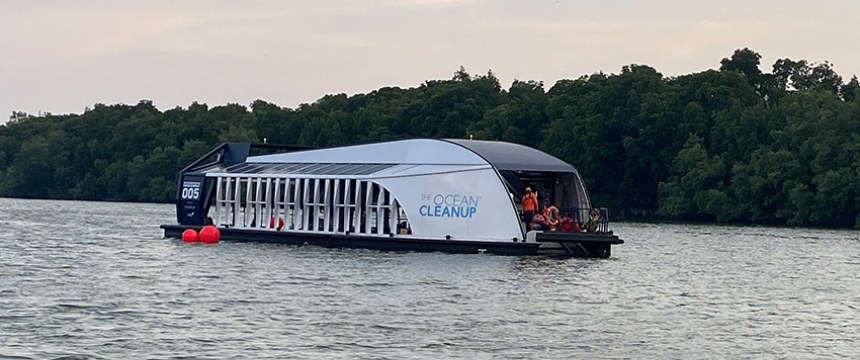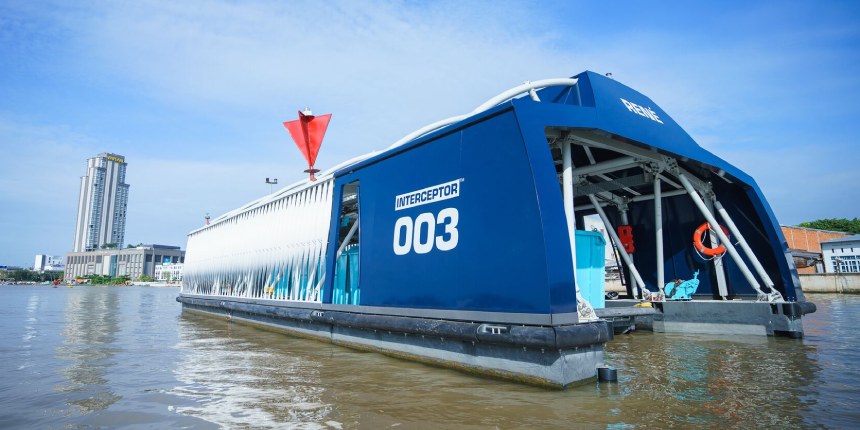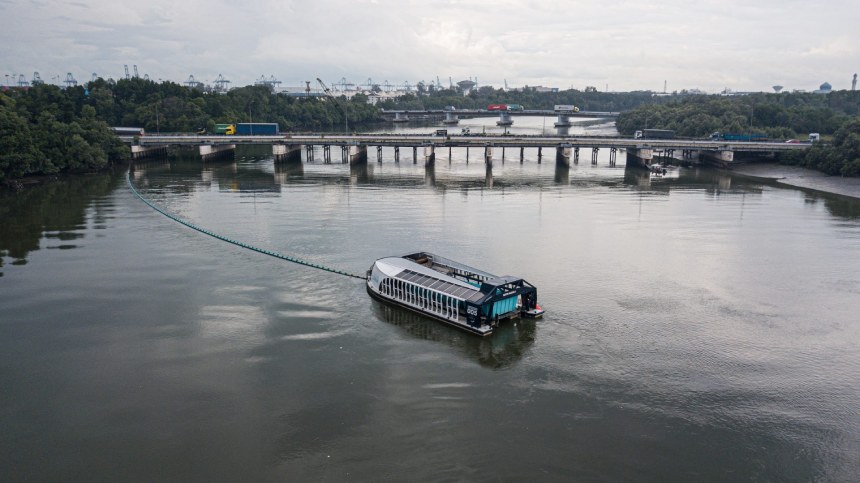The Port of Tanjung Pelepas (PTP) in Malaysia has entered into an agreement to deploy Innovez One’s AI-powered Port Management Information System (PMIS) to improve efficiency and optimise its scheduling.
Port information management systems provider Innovez One said it will supply its MarineM solution to PTP to aid the port in its journey towards digitalisation.
The system’s integration at the port is scheduled by the early third quarter of 2022.
MarineM will provide an interface where agents can register their vessels and order services to support arrivals such as supplies, logistics and marine services.
Using algorithms powered by artificial intelligence (AI) and machine learning, MarineM’s planning module will automatically manage schedules and dispatch resources.
According to Innovez One, this AI-powered system can instantly reallocate resources if a vessel’s ETA changes, hence limiting waiting times and making PTP more resilient in the face of congestion.
MarineM will also enable agents to monitor the status of their orders in real time and will automate the billing process. It also includes a live map where port managers will be able to view the movements of each vessel.
“The transition of digitalisation and automation is speeding up in the entire maritime industry,” said Marco Neelsen, Chief Executive Officer of PTP.
“To secure efficient, sustainable operation and business competitiveness, PTP has proactively invested in its assets and infrastructure. PTP is committed to continue with the journey and further create values to our customers, shareholders and other stakeholders.”
“This significant technological milestone will unlock new efficiencies at the Port of Tanjung Pelepas and ensure that all pieces fall into place seamlessly to support ships’ arrivals and departures,” added David Yeo, CEO and founder of Innovez One.
“As recent months have demonstrated, the so-called first and last mile of the journey at sea is critical. Digitalisation is now more important than ever, in order to make ports more resilient to disruptions and avoid the multiplication of seemingly minor delays that can exacerbate port congestion.”
Earlier this year, PTP said it will invest RM750 million ($178.5 million) in expanding capacity.
Speaking to reporters at the PTP 11 million TEU milestone celebration, Marco Neelsen said capacity will grow from 11.5 million TEU to 12.5 million TEU within the first six months of 2022.
Source: https://www.porttechnology.org/news/malaysian-ptp-turns-to-ai-powered-management-system/








